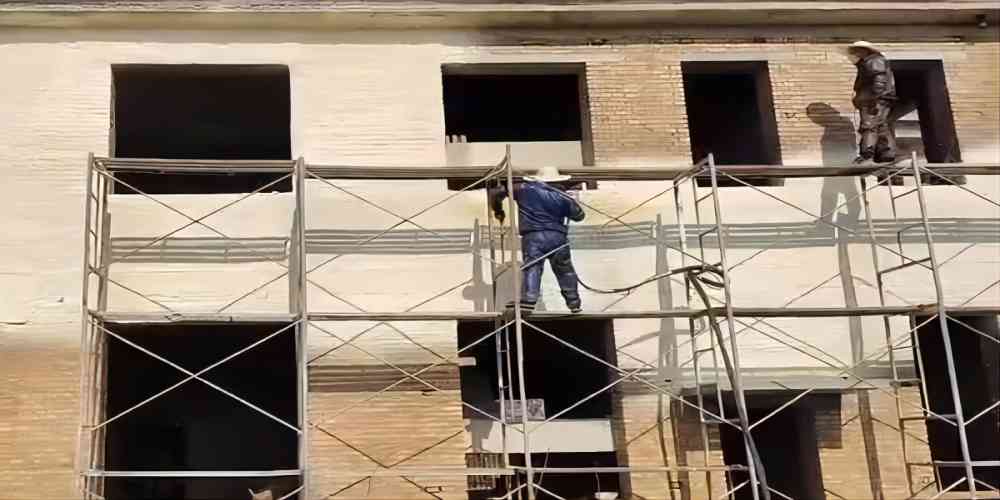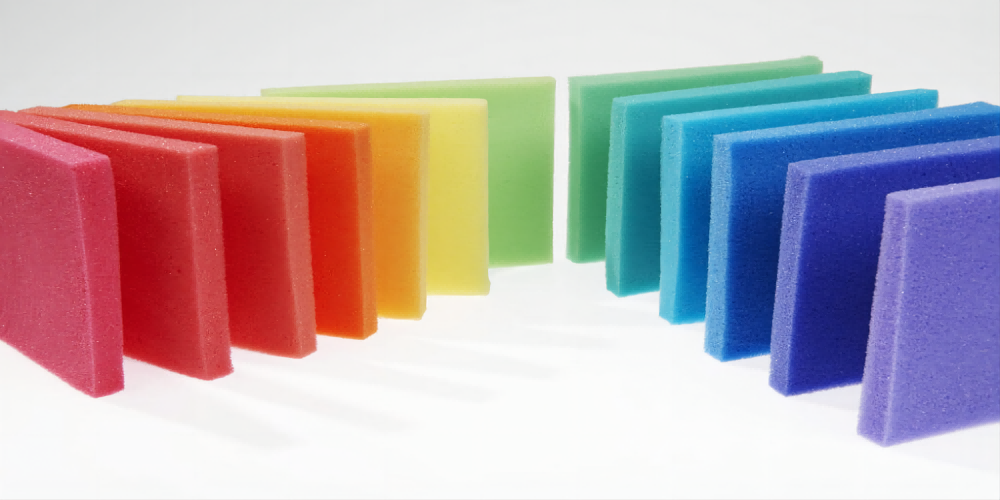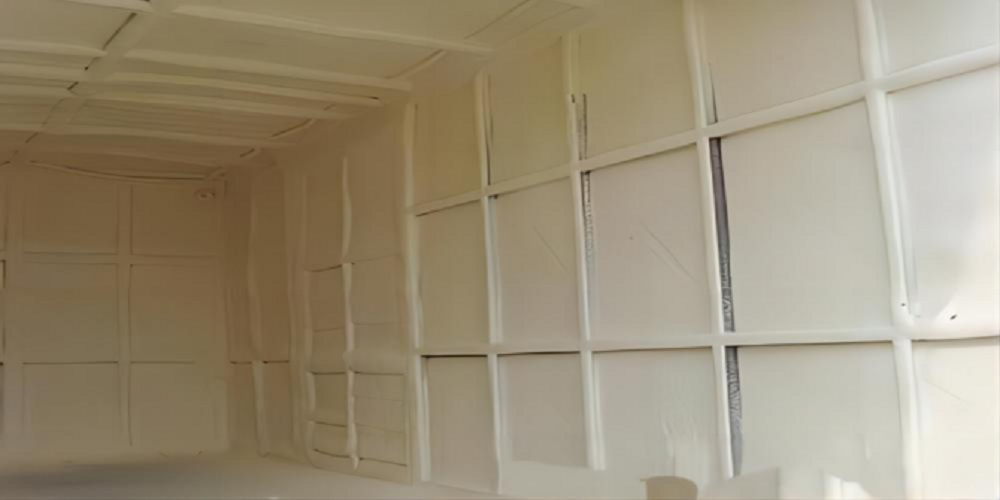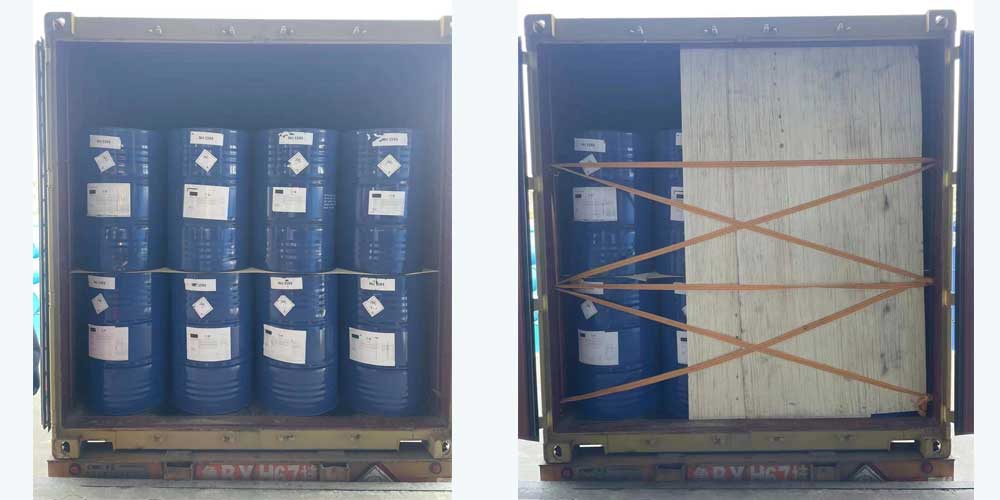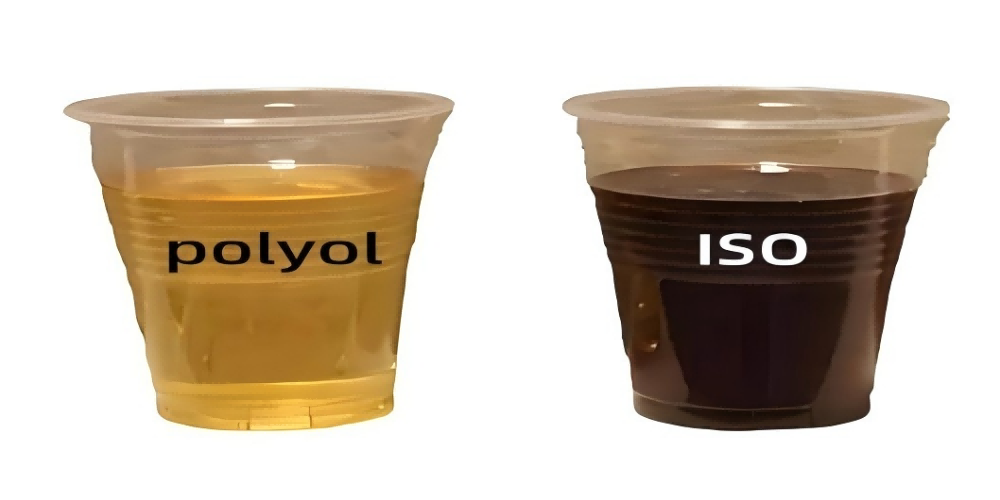
How to control the quality of polyurethane rigid foam ?
Polyurethane rigid foam is a kind of foam plastic formed through a rapid chemical reaction between blended polyol and isocyanate mixed in a specific proportion. How to control the quality of rigid PU foam ? Let’s take a look from three aspects.
1: Raw Material Quality Control
Strict inspection of incoming raw materials: It is required that the raw materials for rigid polyurethane foam, such as isocyanates, polyether polyols, blowing agents, catalysts, and flame retardants, must comply with relevant international or industry standards. Only by ensuring that the performance of these basic raw materials meets the standards can the quality of the subsequently produced rigid polyurethane foam be guaranteed.
Control of raw material storage conditions: Raw materials should be stored properly, with suitable storage environments provided according to their characteristics.
2:Construction Process Control
Proper substrate preparation: Before construction, the substrate surface should be thoroughly cleaned. Oil stains, dust, debris, etc., on wall substrates should be removed to ensure that the substrate is flat, dry, and free from hollowing or cracking.
Control of foam thickness uniformity: During the spraying or pouring of rigid polyurethane foam, the thickness of each spray or pour should be precisely controlled to be uniform.
Attention to construction environmental conditions: Environmental conditions such as temperature and humidity during construction have a significant impact on the quality of rigid polyurethane foam. Generally, it is required that the ambient temperature be between 15 - 35℃, the relative humidity be less than 80%, and the wind force be less than level 5.
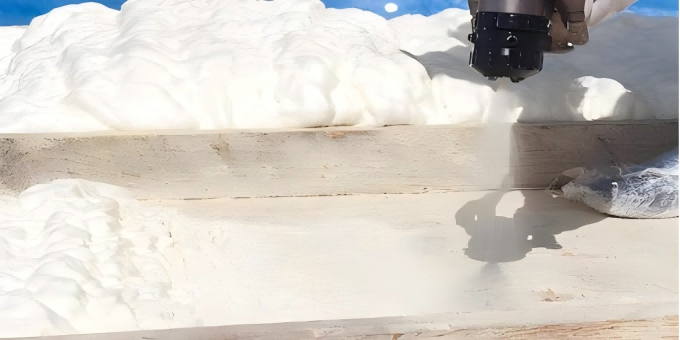
3:Quality Inspection and Acceptance
Visual quality inspection: After construction is completed, the appearance of the rigid polyurethane foam insulation layer should be inspected first. Its surface should be flat, without obvious sagging, bulging, holes, cracks, or other defects.
Dimensional measurement and performance testing: In accordance with relevant standards and specifications, dimensional indicators such as the thickness, flatness, and perpendicularity of the insulation layer should be measured to ensure that they meet the design requirements.
At the same time, physical properties of the rigid polyurethane foam, such as thermal conductivity, compressive strength, dimensional stability, and water absorption rate, should be sampled and tested.
Overall system performance evaluation: For exterior wall insulation systems, in addition to testing the properties of the rigid polyurethane foam itself, the overall performance of the entire insulation system, such as tensile bond strength and weather resistance, should also be tested.
PU rigid foam is widely used in construction field, transportation field, industrial field and home appliances field with excellet capabilities of waterproofing, thermal insulation and heat preservation .Qichen has been cultivated in the polyurethane field for more than 13 years. Should you have any inquiries about polyurethane raw chemicals, please don't hesitate to contact our team. We'll provide you with an integrated and customized solution.

